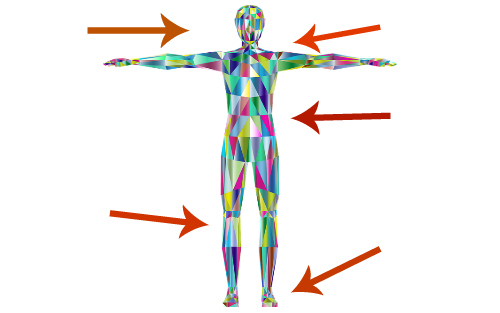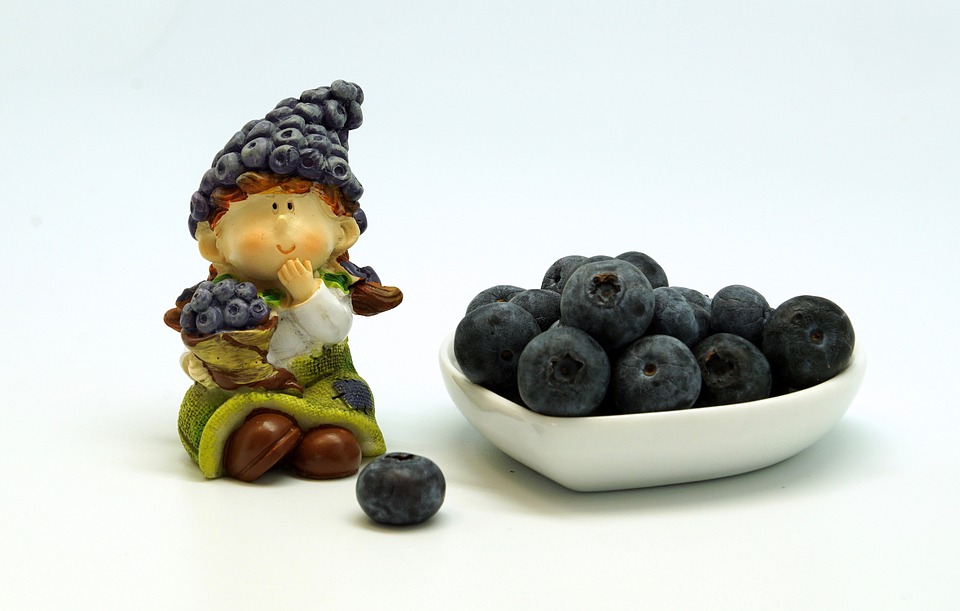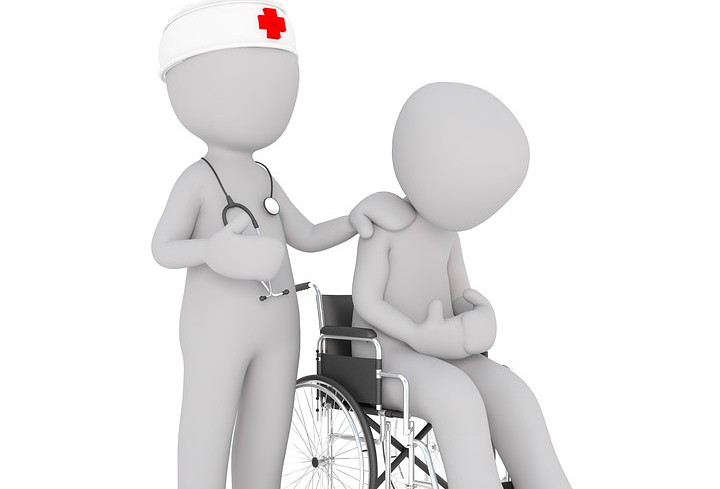Georgianna Donadio, MSc, DC, PhD

With warmer weather returning and bathing suit shopping on our minds, many of us are making plans to improve our nutrition and shed a few pounds. What would a holistic approach to weight loss look like? It must consider each aspect of the whole person to create healthy habits for individual weight loss. This article will highlight strategies to both jumpstart and maintain that weight reduction.
What has become clear over the years is that a simple, common sense and consistent plan of action is the most successful and easiest to follow. Crash diets and other extreme approaches to changing the way you eat almost always fail. Here are some simple yet effective rules to making a big difference in your weight status but also, and more importantly, in your overall whole health and wellbeing.
- Remove sugary drinks from your menu. Sodas that contain sugar are empty food calories that rob nutrients from your body and help to create fat-forming calories. If you have coffee or tea with sugar, this can also be a source of ongoing weight gain that you may not realize is accumulating day by day.
- Beware of portion control. When it comes to portion control, it’s best to use common sense. The general rule around not changing your diet but changing your portion control is to start by not eating a third of the food on your plate. Then when you are ready, you work up to half the amount on your dish. If you would prefer not to limit what you eat but eat less, this is a brilliant and successful strategy.
- Slow down when you eat. By eating more slowly you will not only enjoy your food more, and aid the digestion of what you have eaten, you will also know when you have eaten enough as you will experience a comfortable feeling of fullness without having to experience that bloated, extended belly feeling.
- Drink water. There is no better way to eat less and feel satisfied than by drinking a glass of water before a meal. This is an old tried and true method and it works like a charm.
- Write down what you eat. One recent article on a study that was done at a weight loss clinic stated that people who write down what they eat not only eat less but eat better. The reason is simple. When we actually see what we are eating it is usually different from what we THINK we are eating. Seeing it in writing creates a motivation to make more mindful choices to improve our health and weigh loss outcomes.
- Move more often. The more you exercise, the more calories you will burn, resulting in weight loss. In order to be more physically active, you don’t need to join a gym. Though joining a yoga or cycling class can be quite enjoyable, something as simple as taking a walk after dinner, riding a bike to work, or taking the stairs instead if the elevator—all add up to more calories burned throughout the day.
These simple rules form the foundation of a whole person approach to weight loss. By following these guidelines, you will make a big difference in your overall health and bodyweight status, leading to improved confidence and self-esteem both on and away from the beach.
For more information on Whole Health Living, consider visiting: www.wholehealtheducation.com








